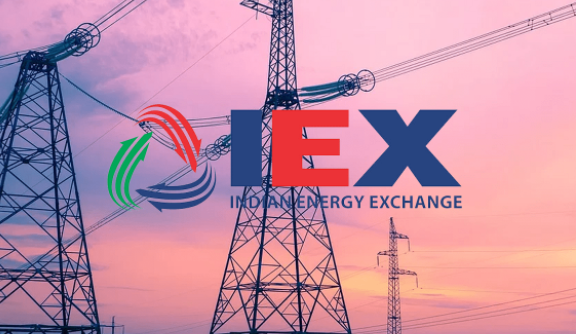KATHMANDU: Due to an increase in hydroelectric power production brought on by a rise in river water levels, Nepal has begun exporting electricity to India.
The Nepal Electricity Authority (NEA) reports that for the past five days, it has been exporting more than 300 MW of electricity every day.
The NEA has been selling electricity at a rate of Rs 8.38 (IC 5.24) per unit, according to Suresh Bahadur Bhattarai, the agency’s spokesperson.
Bhattarai claimed that the recent increase in rainfall has made it possible for the NEA to export electricity to India. He estimates that the export of electricity will likely continue through mid-November.
Internally, recent years have seen a rise in electricity consumption. According to NEA records, the daily peak load has been recorded at up to 1,900 MW, which is primarily due to an increase in the use of electrical appliances as a result of the rise in air temperature.
However, Bhattarai claims that the NEA has been importing 1,000 MWh of electricity from India every day to manage the rising demand.
The installed capacity for producing electricity in Nepal is 2,700 MW. Nepal reaches full production during the rainy season. In order to use up the excess supply of electricity, the nation should export its production given the discrepancy between actual production and domestic demand.
Only 452 MW of electricity can currently be sold by Nepal in the Indian market thanks to permission from India. The landlocked nation experienced an average loss of 500 MW of electricity during peak season last year as a result of the restriction imposed by the close neighbor.
India has yet to signal its willingness to buy up to 1,200 MW of Nepal’s produce, despite Nepal’s repeated requests. .
In the day-ahead market of the Indian Energy Exchange Limited (IEX), the state-owned power utility began selling the extra monsoon electricity on June 2, 2022. By exporting electricity to India last year, the nation made Rs 11 billion in profits.

